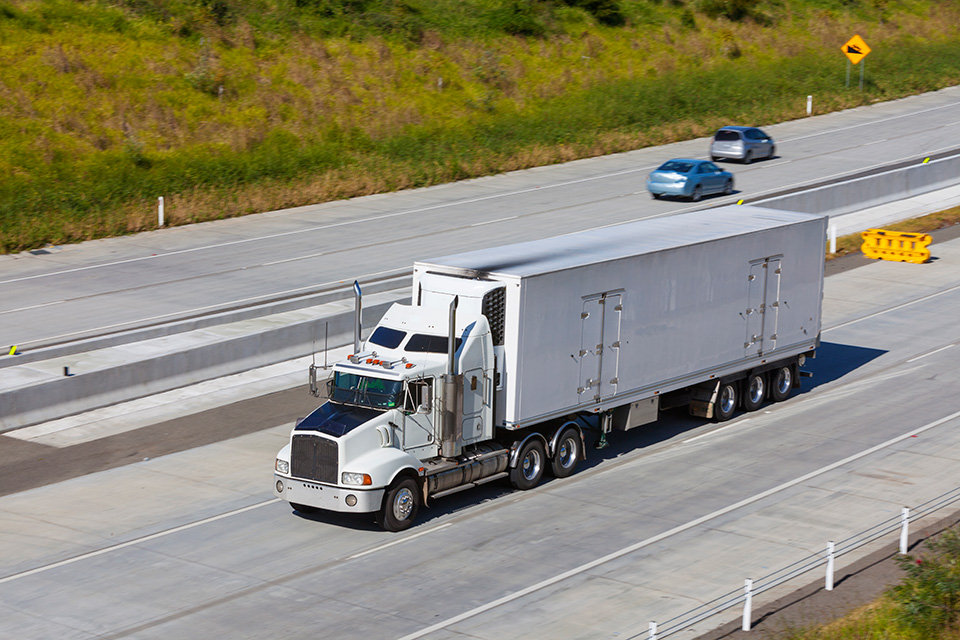Monday, 5 August 2024

On behalf of its eight state and territory member agencies, in mid-2024 Austroads sought industry and community input on the management of overseas licensed heavy vehicle drivers. More than 1,900 individuals responded to the survey which closed on 12 July 2024. Michael Nieuwesteeg, Austroads Road Safety and Design Program Manager, thanks all participants for the time they took to respond to the survey and provide their thoughts.
This is a summary of key findings from the survey and an outline of the next steps.
Safety concerns
A number of respondents commented that there are many skilled and competent heavy vehicle drivers who hold an overseas licence or have transitioned to an Australian licence and work as drivers. However, there were also areas where safety and skills issues were raised.
Key areas of concern were:
Road safety culture and driving etiquette: In general, Australians place a high value on safety including on the road. This is supported by road rules and laws. It also translates into the way people drive on the road where most people seek to respectfully and safely share the road with others. These same values and legislative frameworks are not universally shared. Someone coming from a country with a different road use culture may drive in a way that is not aligned with Australian expectations or safety focus e.g. accelerating to merge ahead of someone; tailgating; not observing line markings and passing in situations where it is not safe to do so.
Knowledge of Australian road rules: To support safety outcomes, Australia has a robust set of road rules and regulations to promote safe driving, particularly for heavy vehicle drivers e.g. fatigue laws; chain of responsibility. A person driving on an overseas licence may not have any knowledge of these laws or the enforcement consequences if they are broken.
English language skills: Where a driver does not have a good grasp of English they may struggle to comprehend or clarify instructions from their employer; fail to use or understand what is being said on the two-way radio; and not understand road signs. All these situations can lead to poor safety outcomes.
Experience in Australian road and driving conditions: Rural and long distance driving in Australia presents some particular challenges. A person who has not driven on these sorts of roads and under these driving conditions, can present a safety risk.
Experience in larger combination vehicles: Australia has a system of graduated licensing where a person progressively builds their skills in rigids before moving to combination vehicles. This graduated licensing system is not found in most other countries. In addition, the size of heavy and multi-combination vehicles often exceeds the vehicle types a person has experienced in their own country. There are safety concerns with a person driving large combinations without progressively building a bank of experience
Skills: Some drivers have limited experience developing skills that are routinely expected of a heavy vehicle driver in Australia (including reversing and trailer coupling).
Quality of training and assessment: A significant number of respondents outlined the need for increased quality and integrity of Australian training and assessment standards. The number of very short courses on offer is considered a problem. The relatively low level of behind-the-wheel time was of particular concern.
Possible options for exploration
The survey canvased some possible options and sought views about these. Key findings were:
- 85% said that a person should not be able to drive a heavy vehicle while on an overseas licence. By contrast, only 25% said that a person should not be able to drive a car while on an overseas licence.
- 17% of people said that it is acceptable to drive a rigid but not a combination heavy vehicle for personal (therefore not work-related) purposes. This compares to only 10% who said that it was acceptable to drive a rigid but not combination vehicle for work-related purposes.
- 36% of people said that a person transferring from an overseas licence should first hold an Australian car licence for a period before being able to obtain any heavy vehicle licence
- 50% of people said a person who passed all the Australian learning and assessment requirements should be able to transfer from an overseas licence and obtain either a rigid or heavy combination licence.
Next steps
State and territory licensing regulators will be presented with the findings of the survey, as well as information gained from a number of industry interviews.
Based on the issues raised, the findings paper includes a discussion on potential areas for policy change. Options supported by states and territories for further investigation will need to be more substantively assessed. Legislative change may be required to implement most policy changes and this change is subject to processes of community and government scrutiny and oversight.
Austroads will keep industry updated after states and territories have determined next steps.
